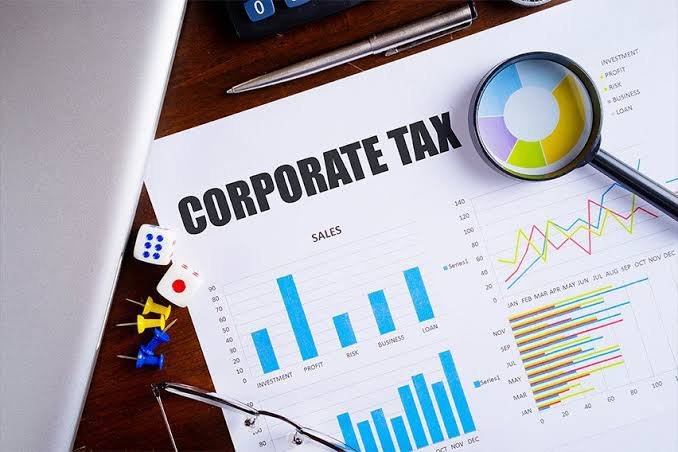Last Day To Mail Taxes In US 2025

Everything You Need to Know About the Last Day to Mail Taxes in 2025
Introduction
Tax season can be a stressful time, especially if you’re filing last minute. Each year, the IRS sets guidelines for last day to mail taxes in US 2025 for taxpayers to file and pay any owed taxes, and understanding this timeline can help you avoid penalties. If you’re planning to file by mail, it’s crucial to know the last day to send your return to ensure it arrives on time.
In 2025, the tax filing deadline is expected to follow the typical schedule, but there are a few important details to keep in mind. Here’s everything you need to know about the last day to mail taxes in US 2025, as well as tips for getting your return sent in on time.
When Is the Last Day to Mail Taxes in US 2025?
For most individuals and businesses, the last day to mail taxes in US April 15, 2025, is the expected last day to file federal tax returns. However, because April 15 falls on a Tuesday in 2025 and isn’t a weekend or holiday, it’s anticipated this will be the official IRS deadline.
If you’re planning to mail your taxes, your return must be postmarked by April 15, 2025. A postmark date of April 15 counts as an “on-time” submission, even if it doesn’t arrive at the IRS for several days. Missing this postmark deadline may result in late fees and interest on any taxes you owe.
Important Dates to Remember for the 2025 Tax Season
While April 15 is the big deadline, other key dates can also impact your tax season:
- January 31, 2025: Deadline for employers to send W-2 forms to employees and for businesses to provide 1099 forms to contractors.
- February 15, 2025: Deadline for financial institutions to send 1099-B and 1099-DIV forms to taxpayers.
- April 15, 2025: Expected last day to file and pay federal taxes for individuals and most small businesses.
- October 15, 2025: Extended deadline if you file for a six-month extension.
How to Prepare for Last Day To Mail Taxes In US 2025?
If you prefer mailing your return rather than e-filing, here are a few tips to make sure it gets to the IRS on time:
1.Gather and Organize Your Documents Early
Collect all necessary tax documents, such as W-2s, 1099s, expense receipts, and records of deductions. Organizing your paperwork early makes the filing process smoother and helps you avoid last-minute errors.
2.Double-Check the IRS Mailing Address
The IRS has multiple locations depending on your state. Be sure to use the correct mailing address, which can be found on the IRS website, to avoid delays.
3.Consider Using Certified Mail
For extra assurance, use certified mail or a delivery service with tracking. This way, you’ll have a receipt as proof that you mailed your return on or before the April 15 deadline.
4.Be Mindful of Local Post Office Hours
Some post offices close early, so plan ahead to make sure your return is postmarked by April 15. You may also be able to find late-night post offices or self-service kiosks for last-minute submissions.
What Happens if You Miss the Deadline?
If you don’t mail your return on time and haven’t requested an extension, you could face IRS penalties. Here are some key consequences of missing the deadline:
- Late Filing Penalty: This penalty can be up to 5% of the unpaid tax amount for each month your return is late, up to a maximum of 25%.
- Late Payment Penalty: If you owe taxes and haven’t paid by the deadline, the IRS can charge a 0.5% monthly penalty on the amount due, up to 25%.
- Interest on Unpaid Taxes: The IRS will also add interest to any unpaid taxes, which compounds daily until the balance is paid off.
If you need more time to file, you can submit Form 4868 to request a six-month extension, which moves the deadline to October 15, 2025. However, an extension only applies to filing—any taxes owed are still due by April 15 to avoid interest and penalties.
Pros and Cons of Filing by Mail vs. E-Filing
Both mailing and e-filing have their advantages, but if you’re filing close to the deadline, consider the benefits of each option:
- Mailing:
- Pros: If you prefer paper records and physical receipts, mailing is a great option. Using certified mail or a tracking service adds an extra layer of security.
- Cons: Mailed returns can take longer to reach the IRS, and processing times may be slower, leading to delayed refunds.
- E-Filing
- Pros: E-filing is faster, with quicker processing times and faster refunds. Most tax software will automatically check for errors and send confirmation once your return is received by the IRS.
- Cons: E-filing requires access to a computer and internet connection, which might not be ideal for everyone.
Tips for a Smooth Tax Season
1.File Early if Possible
Starting early gives you time to address any missing documents or resolve potential issues, which helps avoid the stress of rushing to meet the deadline.
2.Use a Tax Professional if Needed
If your taxes are complex, consulting a tax advisor can be a smart move. Professionals are trained to maximize deductions, minimize errors, and ensure your return is filed correctly.
3.Stay Organized
Keeping digital or physical records of tax-related documents throughout the year can simplify filing, helping you claim all eligible deductions and credits.
Conclusion
While the last day to mail taxes in 2025 is expected to be April 15, preparing early is the best way to avoid any last-minute stress. By staying organized, understanding the consequences of missing the deadline, and considering the pros and cons of mailing versus e-filing, you’ll be well-equipped to handle tax season with confidence.
Whether you choose to mail your return or submit it electronically, knowing these key dates and best practices will help ensure a smooth tax season and keep your financial records in good standing with the IRS.






